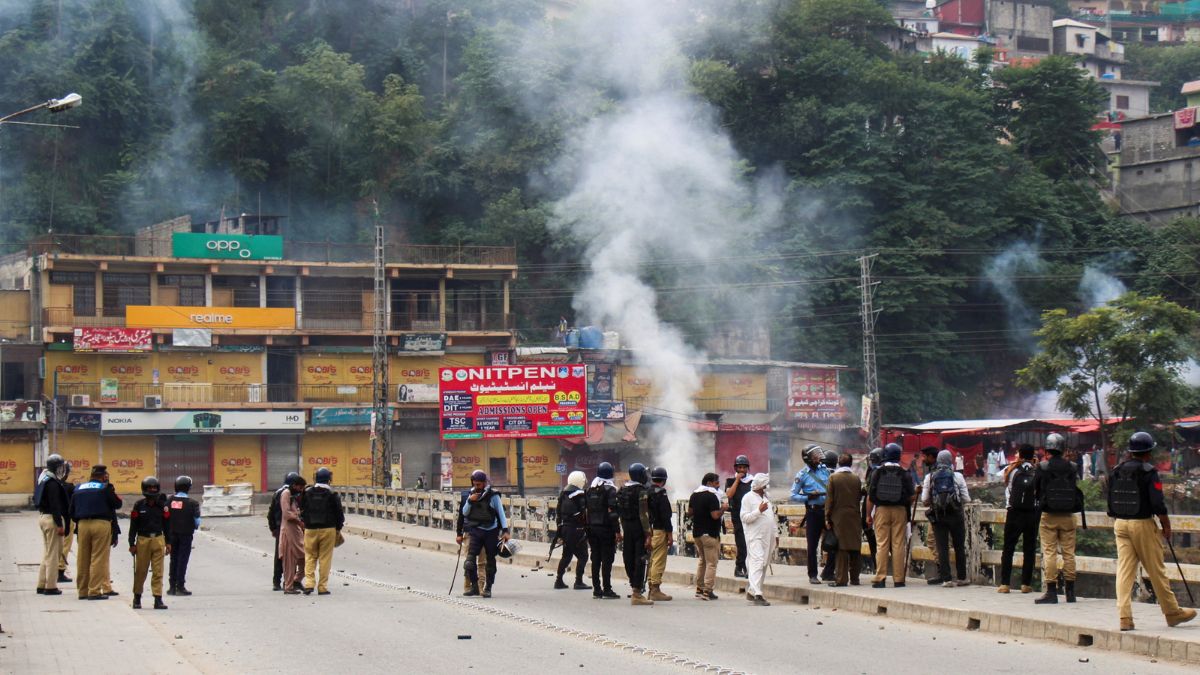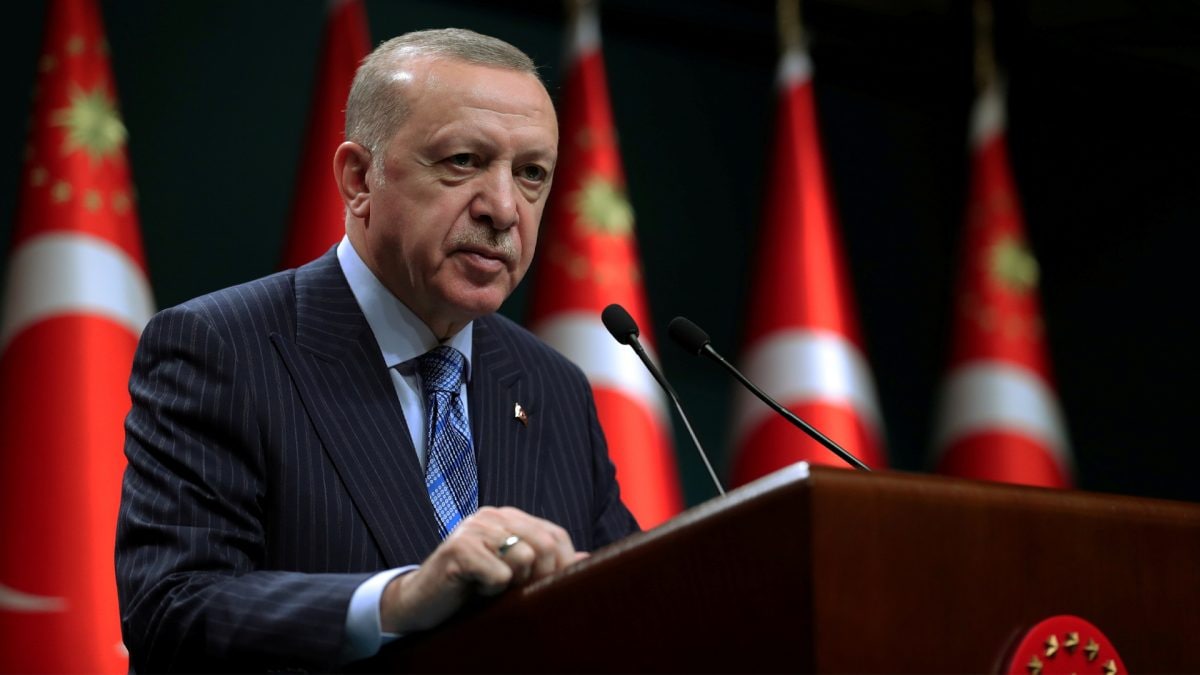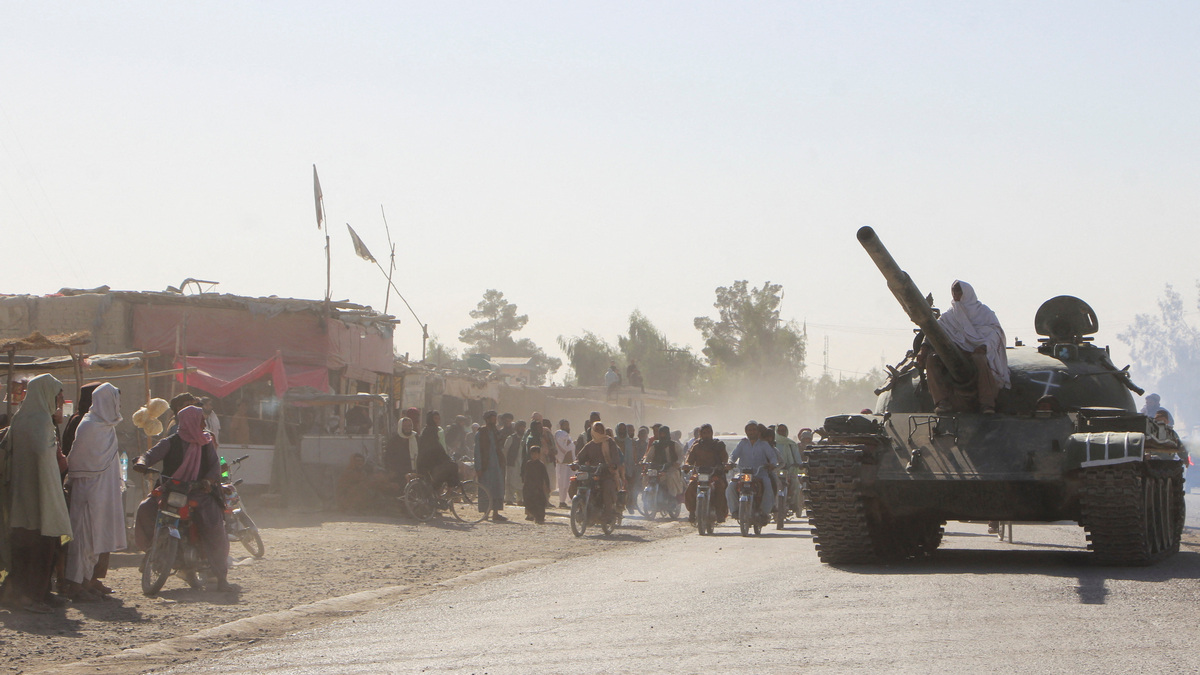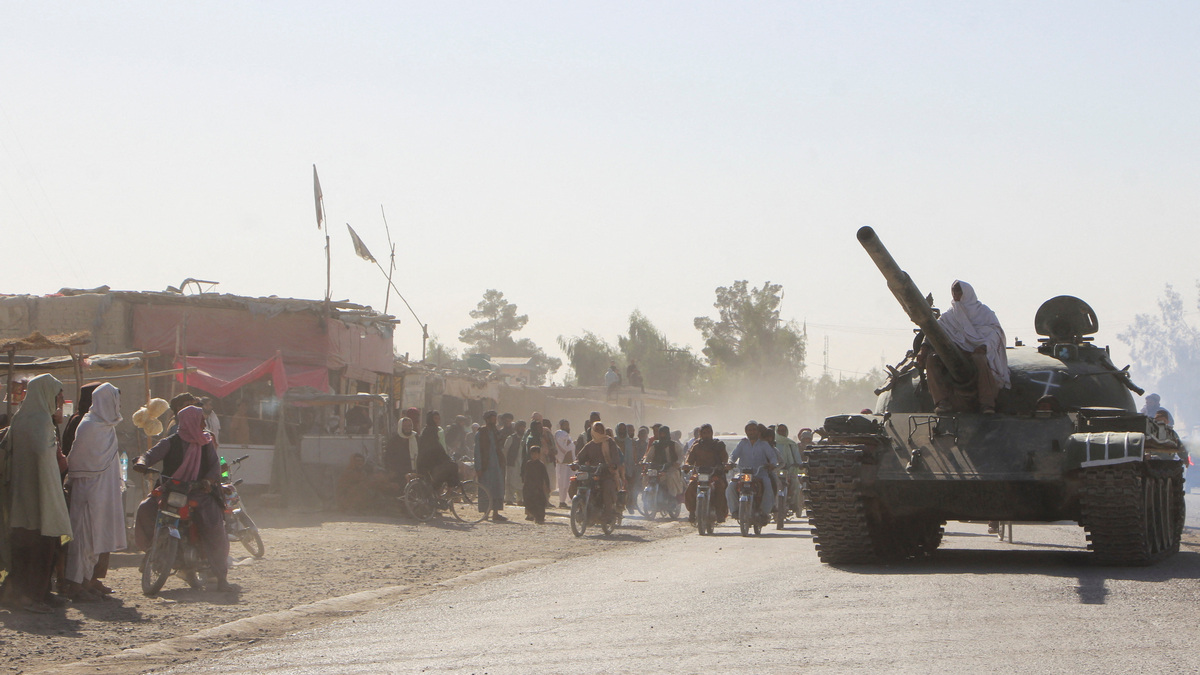In recent weeks, Pakistan-occupied Kashmir has witnessed one of the largest waves of civil unrest in decades, with thousands taking to the streets across Muzaffarabad, Kotli, and Mirpur. The immediate trigger was Islamabad’s arbitrary taxation on electricity generated from Mangla Dam, a resource extracted from the region but disproportionately benefiting Punjab and other provinces.
Traders, teachers, transport workers, and even government employees joined the demonstrations, accusing Pakistan’s authorities of treating PoK as a vassal state rather than a federating unit. Internet services were suspended, curfews imposed, and hundreds of activists detained under draconian security laws. Protesters have also demanded the release of political prisoners, fair allocation of hydropower revenue, and restoration of autonomy promised under the 1949 Karachi Agreement but never honoured.
The Pakistani government’s response, marked by brute force and censorship, has further alienated a population already reeling under inflation, unemployment, and decades of administrative neglect. The unrest is not an isolated burst of anger but a cumulative reaction to systemic exploitation and the denial of basic democratic rights in a region Pakistan claims to champion.
True to its old habit, Pakistan’s military establishment and its puppet civilian government have responded to the uprising in Pakistan-Occupied Kashmir not with introspection but with accusation. Instead of acknowledging the legitimate grievances of the people, ranging from economic exploitation to political disenfranchisement, Islamabad has once again found it convenient to invoke the familiar scapegoat: India.
Speaking to the media after talks with local representatives, federal minister Ahsan Iqbal urged protesters to “avoid lighting a fire that could benefit our enemy country”, adding that “our enemy country will not waste a single second in capitalising on a crisis situation in our country”. Such statements reveal not just paranoia but a calculated attempt to delegitimise a genuine people’s movement by painting it as foreign-instigated. The military-controlled narrative seeks to conflate dissent with treason, thereby absolving Islamabad of responsibility for the decades of misgovernance, poverty, and repression it has inflicted upon the region.
Impact Shorts
More ShortsFor all its bluster and finger-pointing, Pakistan has been unable to present a single shred of credible evidence to substantiate its claims that India is behind the unrest in Pakistan-Occupied Kashmir. Each time the state machinery parrots accusations of “foreign interference,” it does so without any verifiable proof, official documentation, or international corroboration.
On the contrary, Pakistan’s own record of aggression against India is well-established—from cross-border infiltration and terror financing to providing safe havens for UN-designated terrorists. Its history of orchestrating attacks such as Mumbai 2008, Uri 2016, Pulwama 2019, and Pahalgam 2025 is backed by intelligence, confessions, and global sanctions. Islamabad’s empty rhetoric, therefore, serves only one purpose: to deflect attention from its internal failures and justify its long-standing hostility towards India. The irony lies in the fact that while Pakistan demands “proof” of its own misdeeds from the world, it continues to manufacture allegations against India without offering even a whisper of evidence.
On the other hand, the Union Territory of Jammu and Kashmir is fast emerging as a showcase of India’s development resolve. Major infrastructure projects worth tens of thousands of crores have been launched or completed, including the inauguration of the Chenab Rail Bridge and Anji Khad Bridge, which make possible the Katra–Srinagar Vande Bharat Express service—a direct rail link through the Himalayas.
For the first time in over three decades, cinema halls are being reopened, bringing cultural revival alongside physical connectivity. The full commissioning of the Udhampur-Srinagar-Baramulla rail line (USBRL) now connects the Kashmir Valley to the rest of India via all-weather rail. These developments are not cosmetic; they promise to reduce travel time, open up trade channels (for instance, for Kashmir’s orchard produce), stimulate tourism, and reintegrate Kashmir both economically and psychologically with the mainland.
Therefore, instead of fretting over Jammu and Kashmir, which today stands as a model of stability, infrastructure growth, and democratic revival, Pakistan would do well to turn its gaze inward and address the genuine sufferings of the people in Pakistan-Occupied Kashmir. The grievances there are neither fabricated nor politically motivated; they stem from decades of systemic neglect and exploitation. A 2023 WaterAid Pakistan report showed that over 50 percent of residents lack access to safe drinking water, with more than 3,000 annual deaths attributed to waterborne diseases in the region. Health infrastructure is woefully inadequate, with roughly one hospital per 150,000 people in rural areas and pervasive shortages of medical staff and medicines.
Although PoK hosts the massive Mangla Dam—displacing over 100,000 people—Islamabad diverts up to 80 percent of its electricity to Pakistan’s national grid without revenue sharing for PoK residents. Unemployment and poverty rates in PoK exceed Pakistan’s national average, running as high as 10.3 percent. In May 2024, mass protests over electricity and flour pricing turned deadly when paramilitary forces opened fire, killing at least four protesters (and injuring over 100), prompting Islamabad to call an emergency meeting.
Perhaps it is precisely this inability to address—or worse, indifference to—the plight of the people in Pakistan-Occupied Kashmir that festers into resentment and manifests as acts of terror like the one in Pahalgam. As Jammu and Kashmir moves forward with renewed economic vitality and record-breaking tourist inflows, Pakistan’s establishment seems intent on dragging it back into turmoil.
The Pahalgam attack, in which 26 innocent pilgrims were killed, came at a time when tourism in Kashmir had touched a historic high of nearly 2.1 crore visitors in 2024, generating unprecedented local employment and revenue. It was clearly designed to send a message that peace and prosperity in the Valley are intolerable to those who thrive on instability. Yet, the manner in which India responded exposed the moral chasm between the two nations. Local Kashmiris risked their lives to save stranded tourists, with one young man laying down his life while shielding them from gunfire. Civil society groups across India rallied to support the victims’ families, and the government ensured that travel and pilgrimage resumed within days.
The objective behind Pakistan’s violence—to project Kashmir as unsafe—failed spectacularly, as India once again demonstrated that terrorism may wound, but it cannot weaken the resolve of a united nation.
The writer takes special interest in history, culture and geopolitics. The views expressed in the above piece are personal and solely those of the author. They do not necessarily reflect Firstpost’s views.


)

)
)
)
)
)
)
)
)



